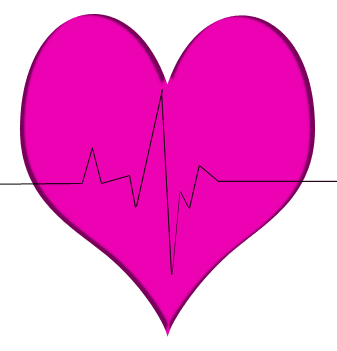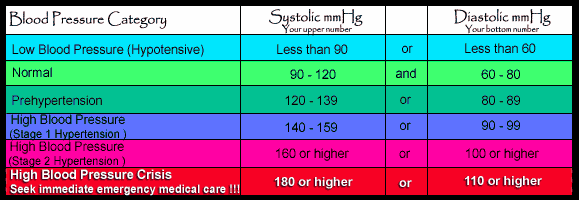We always have our blood pressure taken when we visit the doctor, but do you actually know what those two numbers represent? Your heart is the most important muscle in your body that you must keep healthy through regular exercise and a well-rounded diet, so it’s important you understand what your blood pressure reading means.
What Does Blood Pressure Represent? 
What is blood pressure? Your blood pressure is the force of blood against your arterial walls. It rises with each heart contraction and then lowers as the heart relaxes in-between heartbeats as it circulates blood throughout your body. With each heartbeat, your heart pumps blood around your entire body to give it the oxygen and energy it needs to function properly. It also helps carry waste away. This is why knowing and understanding your blood pressure is so important.
When your blood pressure is taken, you will be told by the physician’s assistant or your doctor what your blood pressure reading was. Usually, it’s somewhere around 120/80, dictated as “120 over 80” (optimally, a little bit lower than this), which is considered a good, normal blood pressure reading.
Understanding Your Two Numbers
So, now that you understand what a healthy blood pressure reading is and what your blood pressures is, it’s important to understand your blood pressure recording:
- Systolic blood pressure is the top number of your blood pressure reading, which is also the higher of the two numbers. This is the number they will say first. Systolic pressure measures the force of your blood against your arteries when your heart beats/contracts.
- Diastolic blood pressure is the bottom number of your blood pressure reading, which will be the lower of the two numbers. This is the number that will be mentioned after the word “over”. For example, your doctor will give you your systolic pressure over your diastolic number. Your diastolic reading represents the pressure of the blood against your arterial walls when your heart is in between heartbeats (when the heart is resting and refilling with blood.)
How Your Heart Works
I’m not going to go into too much detail about the individual heart parts, but I thought it is always good to understand how your heart pumps blood throughout your body. Your heart is located in the top left middle of your chest and is about the size of your closed fist. It is so important because it is responsible for pumping blood throughout your entire body. Here is how it works:
The right side of your heart receives blood from the body and sends it along to your lungs, while then the left side of your heart receives the blood from your lungs that the right side of the heart just sent to it and pumps the blood out to the rest of your body.
Changes in Your Blood Pressure
It is common for your blood pressure to change from minute to minute, because it can be affected by such things as your posture, your mood, sleep, exercise, and stress. This is why your doctor will track your blood pressure year to year…not minute to minute.
This is also why you should never freak out if you have one high blood pressure reading at your doctor’s office. It’s only when you read above 140/90 over a period of time that you doctor will likely put you on a program to treat your high blood pressure.
Know Your Numbers!
High blood pressure is a silent killer that often gives no sign of its existence, because it shows no symptoms. So, if you have no idea what your blood pressure is or haven’t been to the doctor in a very long time, go! If you absolutely cannot, at least check your blood pressure at one of the kiosks at your local grocery store or Walmart. While these are not always the most accurate, it will give you a ballpark number.
One in three U.S. adult Americans suffers from high blood pressure, so it’s imperative to know if you have high blood pressure in order to properly treat it. If left untreated, high blood pressure will damage your heart, kidneys, blood vessels, and other parts of your body – and not all damage is reparable.



